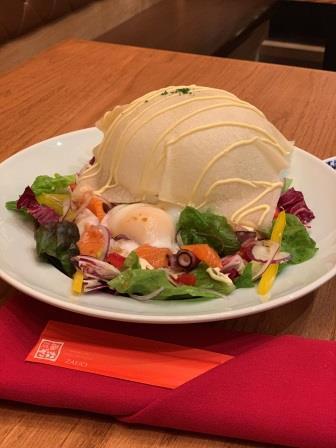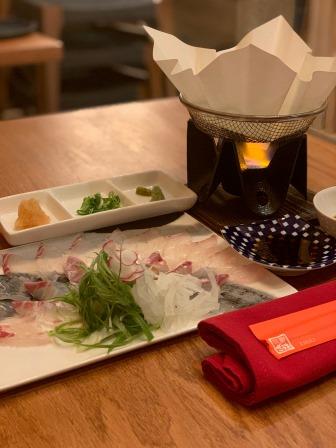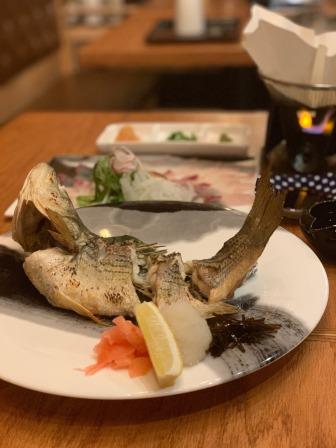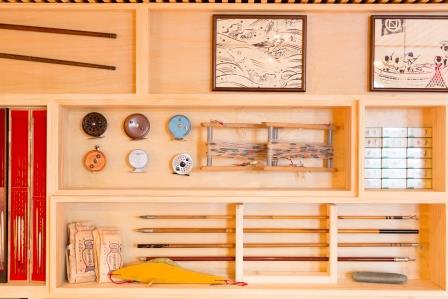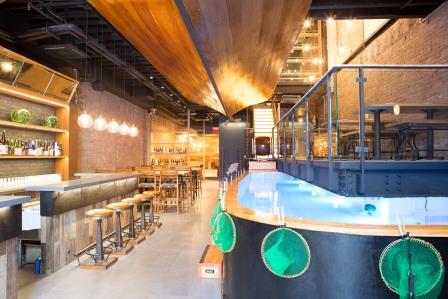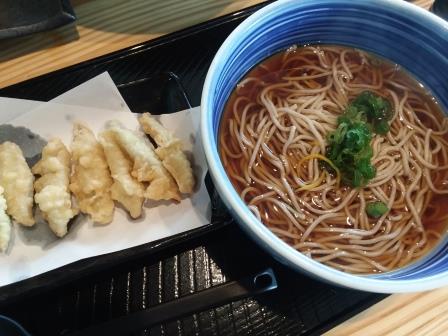Sake Nation: “Japan’s recovery at last from the Coronavirus pandemic”
By Kosuke Kuji
Foreign nations led by the U.S. declared an early end to the coronavirus pandemic and returned to normal.
In May, Japan will downgrade the coronavirus to allow regular hospitals, etc., to examine patients infected by the virus.
Spectators and concert-goers in Japan can soon vocally cheer on athletes at sporting events and entertainers at live music performances through their facial masks, banned since the pandemic.
From spring, facial masks deemed a symbol of the coronavirus pandemic among the Japanese can now be worn at one’s own discretion.
Approximately a year and a half ago, Europeans vocally cheered on athletes at sporting events and entertainers at live music performances. Japan is finally about to reach this point as well.
In the Japanese sake industry, major tasting events have started to resume.
The Japan Ginjo Sake Association, where I serve as chairman, held a sampling event for a class of over 1,000 guests last October.
Also, each brewery resumed celebrating their kurabiraki (warehouse opening) festival, etc., this year, inviting guests to the brewery to sample their latest new sake.
Restaurants now greet considerably more guests since the coronavirus pandemic. Unfortunately, lack of labor is a reason why restaurants cannot always seat customers to full capacity.
Japan is a nation where peer pressure is a strong social force. I’m truly happy to see the Japanese sake industry finally resume normal operations. Let’s get in step with the rest of the world so Japan’s economy will fully recover as well.
Let’s go, Japan!!
We’re a step behind, let’s catch up to the rest of the world!!
酒豪大陸「やっとコロナから立ち上がった日本」
アメリカをはじめ、諸外国はもう少し早い段階でコロナの終息を宣言して、日常を取り戻していました。
日本はようやく、この5月よりコロナの分類が下げられ、コロナが普通の病院などでも診られるようになります。
それに伴い、コロナで声出しなど出来なかったスポーツイベントや音楽イベントがマスク越しですが、声出しも可能になりました。
日本人のコロナの象徴ともいえるマスクも春から個人の裁量で良いとなります。
1年半くらい前にはヨーロッパとかでは当たり前にスポーツイベントで声を出していたり、ライブでも盛り上がってる様子を見ていたので、やっと日本もここまで来たか、という気持ちです。
日本酒の世界でも、大きな試飲会が動き始めました。
私が理事長をしている日本吟醸酒協会の1000人クラスの試飲会も昨年10月に開催することが出来ました。
また、各蔵の蔵開きなどの蔵へ招いてのイベントも今年から復活しています。
飲食店さんも、コロナの時とは比べ物にならないほどお客さんが来るようになりました。しかし、残念なことに働く人が足りなくて、なかなか満席でいつも営業出来ないことが残念です。
日本は同調圧力の強い国です。そんな中でこうやってお酒の業界にも日常が戻ってきた事は本当にうれしく、これからやっと世界に足並みをそろえて日本経済も復活していければうれしいです。
頑張れ、ニッポン!!
少し遅れたけど、世界に早く追いつこう!!
Foreign nations led by the U.S. declared an early end to the coronavirus pandemic and returned to normal.
In May, Japan will downgrade the coronavirus to allow regular hospitals, etc., to examine patients infected by the virus.
Spectators and concert-goers in Japan can soon vocally cheer on athletes at sporting events and entertainers at live music performances through their facial masks, banned since the pandemic.
From spring, facial masks deemed a symbol of the coronavirus pandemic among the Japanese can now be worn at one’s own discretion.
Approximately a year and a half ago, Europeans vocally cheered on athletes at sporting events and entertainers at live music performances. Japan is finally about to reach this point as well.
In the Japanese sake industry, major tasting events have started to resume.
The Japan Ginjo Sake Association, where I serve as chairman, held a sampling event for a class of over 1,000 guests last October.
Also, each brewery resumed celebrating their kurabiraki (warehouse opening) festival, etc., this year, inviting guests to the brewery to sample their latest new sake.
Restaurants now greet considerably more guests since the coronavirus pandemic. Unfortunately, lack of labor is a reason why restaurants cannot always seat customers to full capacity.
Japan is a nation where peer pressure is a strong social force. I’m truly happy to see the Japanese sake industry finally resume normal operations. Let’s get in step with the rest of the world so Japan’s economy will fully recover as well.
Let’s go, Japan!!
We’re a step behind, let’s catch up to the rest of the world!!
酒豪大陸「やっとコロナから立ち上がった日本」
アメリカをはじめ、諸外国はもう少し早い段階でコロナの終息を宣言して、日常を取り戻していました。
日本はようやく、この5月よりコロナの分類が下げられ、コロナが普通の病院などでも診られるようになります。
それに伴い、コロナで声出しなど出来なかったスポーツイベントや音楽イベントがマスク越しですが、声出しも可能になりました。
日本人のコロナの象徴ともいえるマスクも春から個人の裁量で良いとなります。
1年半くらい前にはヨーロッパとかでは当たり前にスポーツイベントで声を出していたり、ライブでも盛り上がってる様子を見ていたので、やっと日本もここまで来たか、という気持ちです。
日本酒の世界でも、大きな試飲会が動き始めました。
私が理事長をしている日本吟醸酒協会の1000人クラスの試飲会も昨年10月に開催することが出来ました。
また、各蔵の蔵開きなどの蔵へ招いてのイベントも今年から復活しています。
飲食店さんも、コロナの時とは比べ物にならないほどお客さんが来るようになりました。しかし、残念なことに働く人が足りなくて、なかなか満席でいつも営業出来ないことが残念です。
日本は同調圧力の強い国です。そんな中でこうやってお酒の業界にも日常が戻ってきた事は本当にうれしく、これからやっと世界に足並みをそろえて日本経済も復活していければうれしいです。
頑張れ、ニッポン!!
少し遅れたけど、世界に早く追いつこう!!







